How An Airbnb "Super Host" Plans To Reinvent The Online Clothing Market
by: fast company, 2012-06-04 15:35:28 UTC
Meet Chelsey Bingham, a onetime real estate developer who this week is launching Wiseling, an Internet marketplace for vintage clothes. Can her niche approach fit into an eBay world?
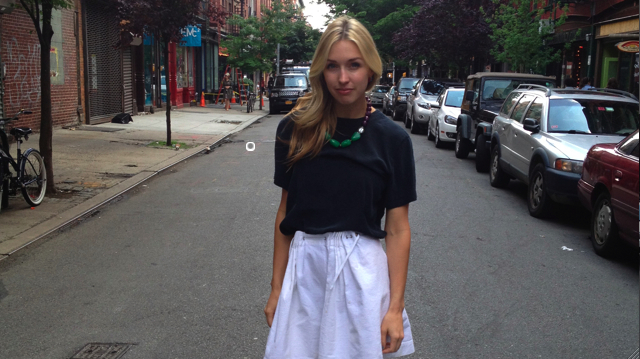
Chelsey Bingham is the cofounder and CEO of the New York-based Wiseling, an online marketplace for high-quality pre-owned clothing. More niche than eBay yet more targeted than Etsy, the idea behind Wiseling is to unlock the value in closets around the country filled with fine fashion that are just gathering dust. The first sellers will be admitted to the site today, with a private beta launch planned for later this week.
FAST COMPANY: What is Wiseling?
CHELSEY BINGHAM: Wiseling is a marketplace for vintage and pre-owned fashion. It provides a platform for people to turn their closet into an online shop, so they can add value to their clothing purchases by focusing on quality and choice rather than quantity. We’re hoping that when people can sell the clothes they already have, then when they’re initially purchasing clothing, they can buy pieces that are more valuable and higher quality, because they’ll possibly be getting a return on that clothing--they won’t just be throwing it away one day.
How’d you get the idea for Wiseling?
What inspired Wiseling was realizing that many people are buying clothing for specific occasions, and then throwing them out really quickly. It sucks to pay $2,000 for something you’ll only wear once, but people are still doing it. Some people are using eBay and Etsy and even Craigslist to sell clothing, but because those are such large marketplaces, they’re oversaturated. When you list an item, it gets lost in a sea of other items. Wiseling is more of a niche marketplace. We have really targeted filters, so people can search for specific styles or details.
Are you that person who’s always raiding her friends’ closets?
I did a lot when I was younger. Friends would tell me they don’t wear something anymore, and I’d say, “I would love to wear this,” and they’d say, “Sure, it’s just sitting there...”
Fit is a big problem with shopping for clothing online. At least for someone who’s oddly shaped, like me.
We have search filters, so you can choose sleeve length. Fit is difficult, but if you can get matched up with someone who has the same style as you, and you guys have a very similar body type, it would be easy to continue buying from that person, or be alerted when that person lists new things. Women already do this offline, at clothing swap parties, where friends get together and bring items they no longer want. It’s not something we’ve built in yet, but we have ideas for ways of connecting people who are similar and having them follow each other on Wiseling.
Is this your first startup?
It is. I was in real estate development before this, and then I was studying to go to architecture school. But I kept meeting people from the startup world. I’m a super host on Airbnb. Over two years, I’ve probably had 200 stays in my apartment in Brooklyn--I have people here almost every day. Airbnb really helped inspire Wiseling--that idea of people getting more value of something already in their possession. As soon as I started thinking more about the idea, I kept meeting more people in startups. Before, it was a world I had no idea about. Then I had all these different experiences that made me realize I could actually make this idea that I thought was once kind of crazy into a reality.
This interview has been condensed and edited.
For more from the Fast Talk interview series, click here. Know someone who'd make a good Fast Talk subject? Mention it to David Zax.
Follow Fast Company on Twitter.


 Icaro Ball Light by Brian Rasmussen
Icaro Ball Light by Brian Rasmussen
by: mocoloco, 2012-06-01 06:23:43 UTC



 Urban Beehive
Urban Beehive
by: Yanko Design, 2012-06-04 10:51:46 UTC
The reddot award winning Urban Beehive from Philips Design shows us that ant farms are obsolete and we should be gunning our attention on bees. The Urb is in line with the concept and makes beekeeping a ‘less daunting and more attractive process for novices.’ The biggest advantage is that you don’t need to adorn the protective garb when you handle the bin. You can observe the colony and use the technology implements to extract the honey easily.
This hasn’t been explained clearly, but I am sure there must be a process in place to do it right. In any case this beehive is ideal for home gardens and community parks.
Designer: Chris Weir
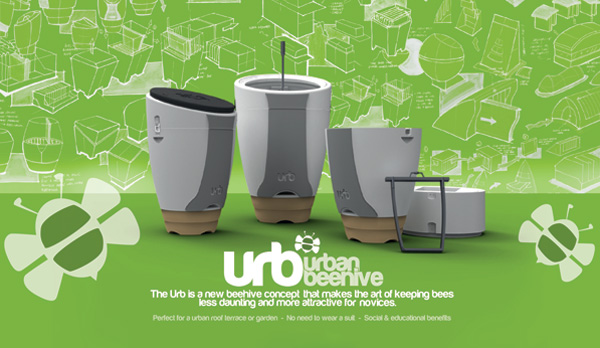
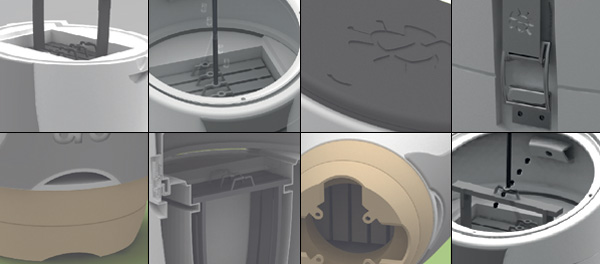
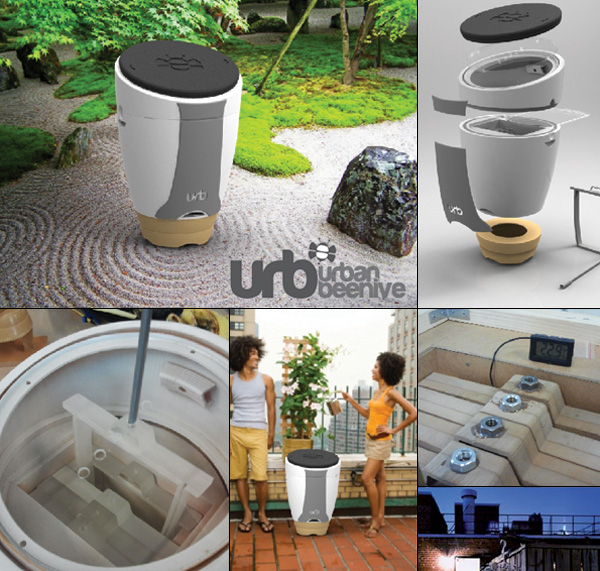
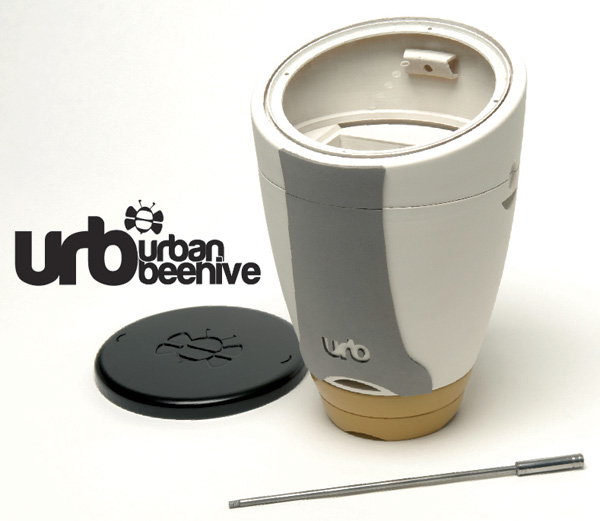
-
Yanko Design
Timeless Designs - Explore wonderful concepts from around the world!
Yanko Design Store - We are about more than just concepts. See what's hot at the YD Store!
(Urban Beehive was originally posted on Yanko Design)
Related posts:
- Urban Beehive
- Beehive Inspired Table, Sorry Honey Not Included
- Urban Croquet


 More than Meets the Eye
More than Meets the Eye
by: Yanko Design, 2012-06-04 16:16:13 UTC
At first glance this design by Daniel Pearlman might look like another pretty coffee table, but take a closer look and you’ll see that it’s not just any old table. It’s a coffee table, chair, and side table cleverly disguised into one singular piece. A perfect design for small spaces, each piece looks and functions great on its own.
Designer: Daniel Pearlman
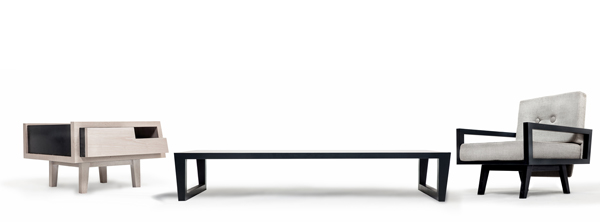
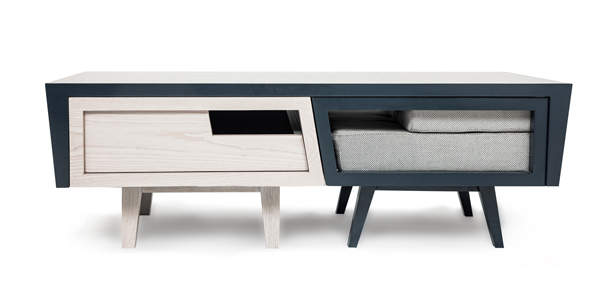
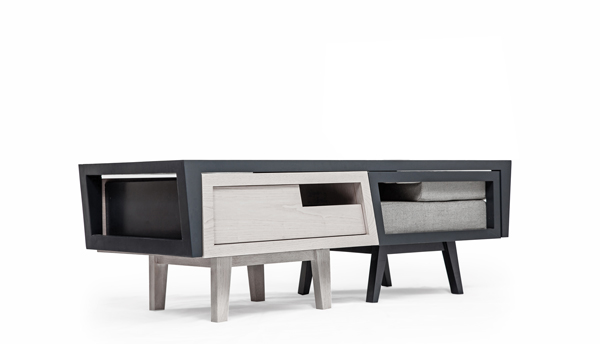
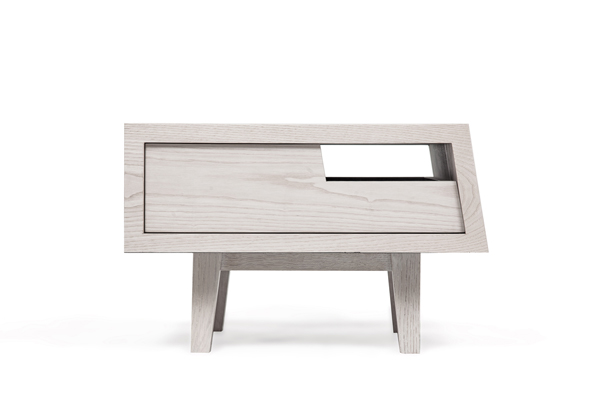
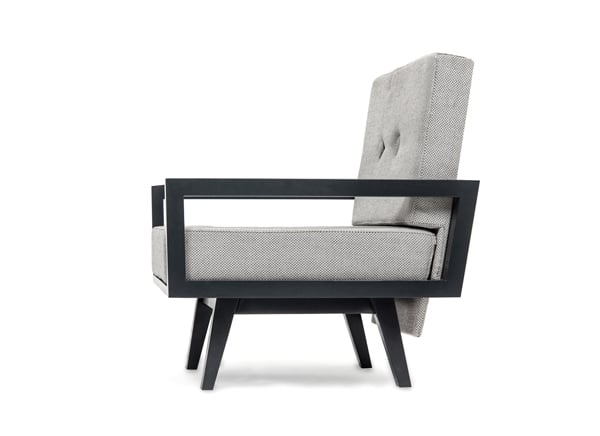
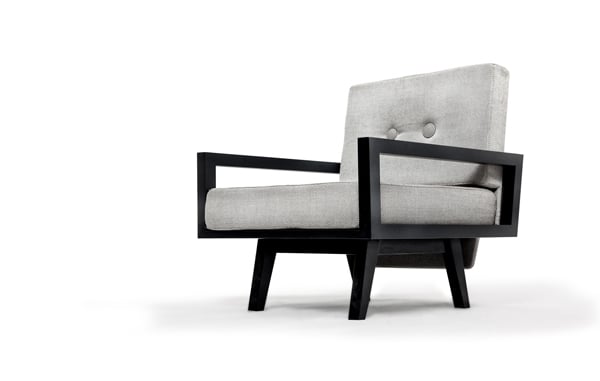
-
Yanko Design
Timeless Designs - Explore wonderful concepts from around the world!
Yanko Design Store - We are about more than just concepts. See what's hot at the YD Store!
(More than Meets the Eye was originally posted on Yanko Design)
Related posts:
- Man Meets Machine
- Transformer Chair; More Than Meets The Eye…
- Treo meets iPhone


 12 Inspirational and Exclusive Interviews on Yanko Design – Yves Béhar
12 Inspirational and Exclusive Interviews on Yanko Design – Yves Béhar
by: Yanko Design, 2012-06-04 16:18:20 UTC
For the next in our series of 12 Inspirational Interviews, I speak with Yves Béhar of fuseproject. Yanko Design has been reporting his work for many years, but surprisingly this is our first interview with him! Going with the theme of this series, it’s my mission to bring to you meaningful lessons that no design school or institution teaches you. In his no-holds-bar conversation Yves speaks about taking risks, doing things differently and overcoming hurdles. Do you know why he is called the ‘Evel Knievel’ of design? I do! Read on to find out more….
A product, is a product, is a product!
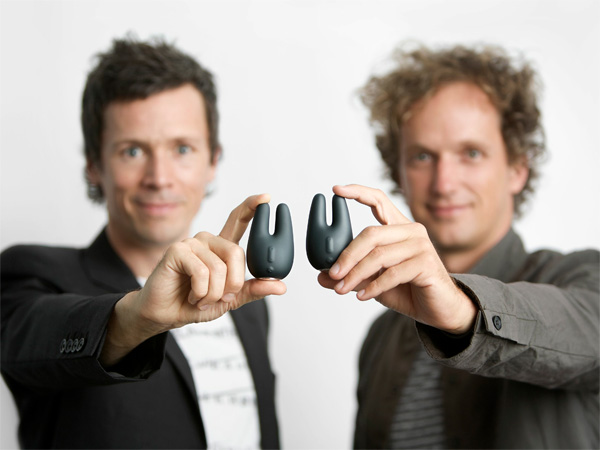
Yves Béhar needs no introduction, so I dive into the interview with hard questions like why he designed the JimmyJane Vibrator! I mean, did he not take a risk or feel awkward? After all sex toys are not exactly on high-priority list for many designers!
“I have been interested in design products like JimmyJane since 2000 or 2001. I am always excited about product categories where design can make a huge difference and where the expectations are so low. In this industry, people are doing things that are so contrary to what the modern notion of good design is. High quality materials, high quality products were completely absent from this industry and so I have always thought it would be interesting to change it. My friend Ethan Imboden (of JimmyJane) and I finally decided to partner together. Initially we were supposed design just one product, but we soon realized that not everybody is the same or likes the same things. So we built a modular inner mechanism and designed it to fit different forms. There are different approaches to design the same thing!”
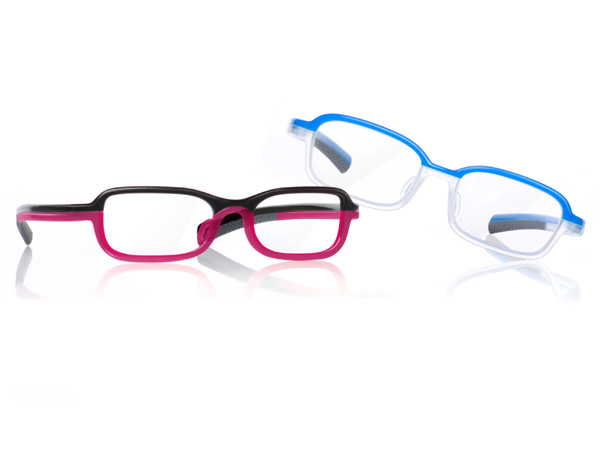
“A lot of people shy away from designing a vibrator but to me it’s the same approach while designing a high quality cellphone or high quality speaker. For me honestly, a product is a product is a product! It just needs to deliver. The fact that it is associated with human sexuality does not make it any more or less interesting.”
I guess Yves is being a bit modest here, but he was in many ways responsible for revolutionizing the approach and perception people had towards pleasure toys. He infused sophistication and elegance to the genre.
Don’t be afraid to explore avenues where no one else has chartered! Be a risk taker!

Risk taking has always been a hallmark of Yves’ work and how he approached clients and partnerships, even before he started fuseproject.
“I was a product designer in the Bay area and with product design; I was taking so many risks with projects. My focus was on making things more unique and standing out that they used to call me ‘Evel Knievel.’ They couldn’t pronounce my name, so Evel Knievel was my nickname even before I started fuseproject independently. Design is about risk taking and it can’t work without risk taking. I was working at that time Silicon Graphics, Acer and HP on GPS projects. All my works were worth the risk.”
I asked him to elaborate further on this….
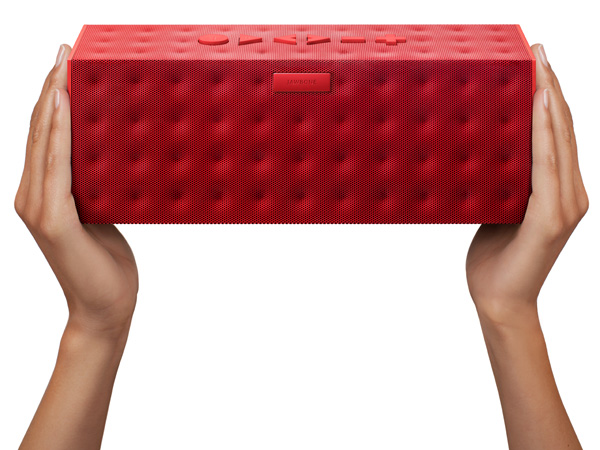
“Design is sometimes undertaken 2-3 years in advance of a project hitting the market. So you need to be designing for a future market and future user experience. You have to project yourself in the future. So that means there is an inherent risk in what you design. If you are not taking risks, in my opinion, your project may not be successful. And if it will not feel advanced it will not feel differentiated, it will not feel like the next generation of anything. So risk taking is a fundamental line in our business and I feel comfortable taking risk in design and we have gotten very big rewards from that.”
A good example of risk-taking is the Jambox they launched last year. Nobody had thought it would be possible for them to launch a speaker especially since they were not a major brand. Between the design and the user experience and the onset of the mobile based experience, the Jambox became the number one speaker in the US in its categories.
Yves employs the same risk-taking attitude with his partners Jawbone and Herman Miller. Unfortunately not many companies are willing to take these risks with you. A lot of companies play safe but Yves thinks this a lack of vision for a leading 21st century based business.
A mixture of risk, talent and hard work is the right approach.
According to Yves, a designer needs to be creative with business side of design as well. It is not enough to be creative with the design side only!
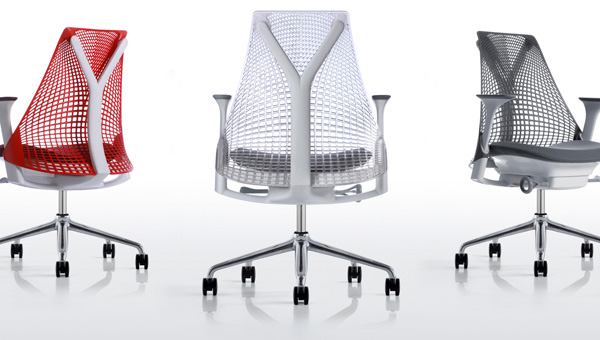
“When you create partnerships there will be no set calculation, which means you have to listen a lot closer and understand better your clients business. How as a designer will you bring value and what that value is going to be worth if the project is successful. Every company is at a different stage and so it really depends how creative you can get. Most designers are very formulating on how they approach businesses, but the need of the hour is to get creative with this aspect too. The angle which they consider the boring part – the running of the company!”
According to Yves, the different approaches to partnerships are through equity or becoming a co-founder or getting fully integrated in the business. Getting some fee or retainer-ship or royalty is also essential.
“The mechanism has to work for the short term, the midterm and the long term. It can’t be just hoping for just long term returns. You have to be able to mix the different types of rewards. It isn’t a formula, it depends on every situation.”
Yves warns that partnerships are not about establishing a contract, they are also about establishing long term trust. “You can test that over a short period of time. You need to evaluate how somebody meets their end of the bargain on an ongoing basis and not just at the end of a contract.”
“Herman Miller and I have been working together for 10 years now. For me they are the design ambassador company of America. Sometimes it’s not about responding to a brief but coming up with a brief by yourself and for us it has become a symbiotic relationship where we understand and respect each other a lot. I have done close to 20 partnerships to date and I have to say that at least 8 out of 10 have been quite satisfactory on every level. The ones where I was not happy with, was when the founders did not have the experience or the courage to go all the way through with things. They did not have the foresight of how to be the CEO of their company.”
Did you know that Yves had to work on his drawing wand was a pretty average draftsman! The skills he had to work on were presentation, drawing and talking! Look at him give lectures around the globe, and you will find it hard to believe that he was once shy.
My only original talent is perseverance!
Parting shot : this profession needs new perspectives, so keep taking risks and be true to your work!
-
Yanko Design
Timeless Designs - Explore wonderful concepts from around the world!
Yanko Design Store - We are about more than just concepts. See what's hot at the YD Store!
(12 Inspirational and Exclusive Interviews on Yanko Design – Yves Béhar was originally posted on Yanko Design)
Related posts:
- 12 Inspirational and Exclusive Interviews on Yanko Design – Robert Brunner
- 12 Inspirational and Exclusive Interviews on Yanko Design – Scott Wilson
- 12 Inspirational and Exclusive Interviews on Yanko Design – Karim Rashid


 OWEN by Tacklebox
OWEN by Tacklebox
by: Dezeen, 2012-06-02 06:52:29 UTC
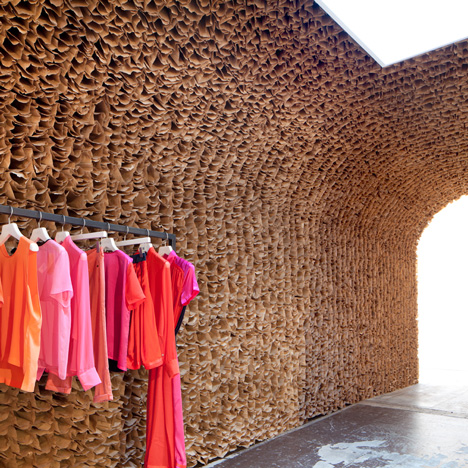
Twenty-five thousand brown paper lunch bags line the wall and ceiling of OWEN, a new fashion boutique in New York’s Meatpacking District by Jeremy Barbour of Brooklyn architects Tacklebox. (more…)


 iF concept design award winners 2012
iF concept design award winners 2012
by: Designboom - Weblog, 2012-06-01 16:41:00 UTC
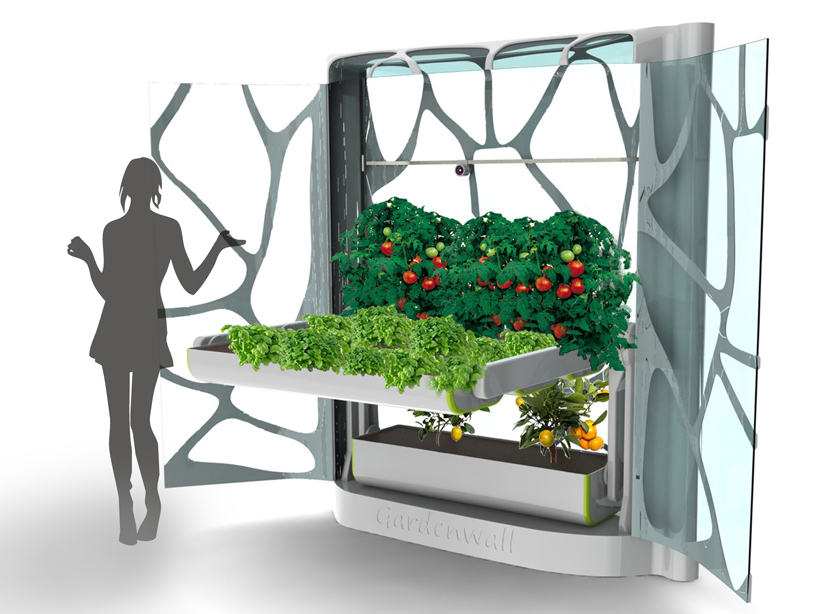
this year's competition saw approximately 15, 000 concepts submitted in
four different categories. 53 international design experts selected the top 20 entries which were acknowledged in an award's ceremony on may 31st, 2012.
read more
studio lievito: ral3001
by: Designboom - Weblog, 2012-06-03 03:42:00 UTC
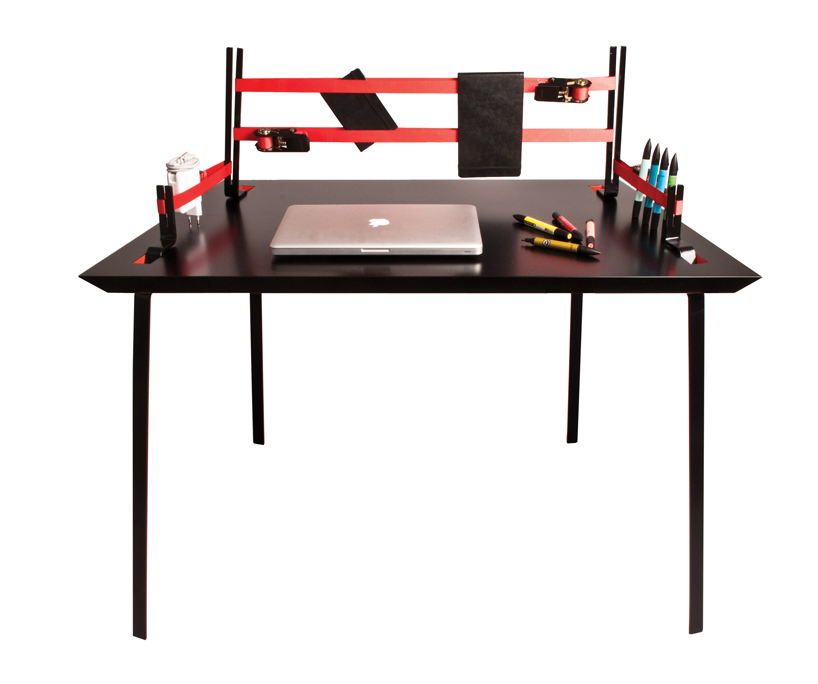
a desk design that has no joints, using only polyester straps to complete the structure
read more
Sleek, Modern Furniture Is Made from Recycled Tomatoes, Car Parts & Clothes
by: TreeHugger Design, 2012-06-01 09:00:00 UTC

Dutch design firm Springtime makes furniture from wrecked cars, shredded textiles and agricultural waste.
IBM, Recology Drive San Francisco Toward Zero-Waste Status
by: Environmental Leader, 2012-06-01 16:00:14 UTC

IBM is collaborating with resource recovery company Recology to help San Francisco achieve zero waste by 2020. The city’s diversion rate already totals 78 percent, which Recology says is the highest in the US. Recology uses IBM’s technology to determine types and quantities of materials in San Francisco’s waste stream, pinpointing the location, types and [...]

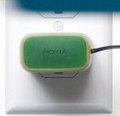
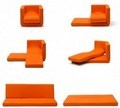
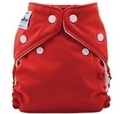
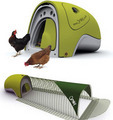
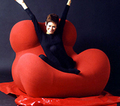

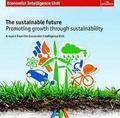

Comments by our Users
Be the first to write a comment for this item.